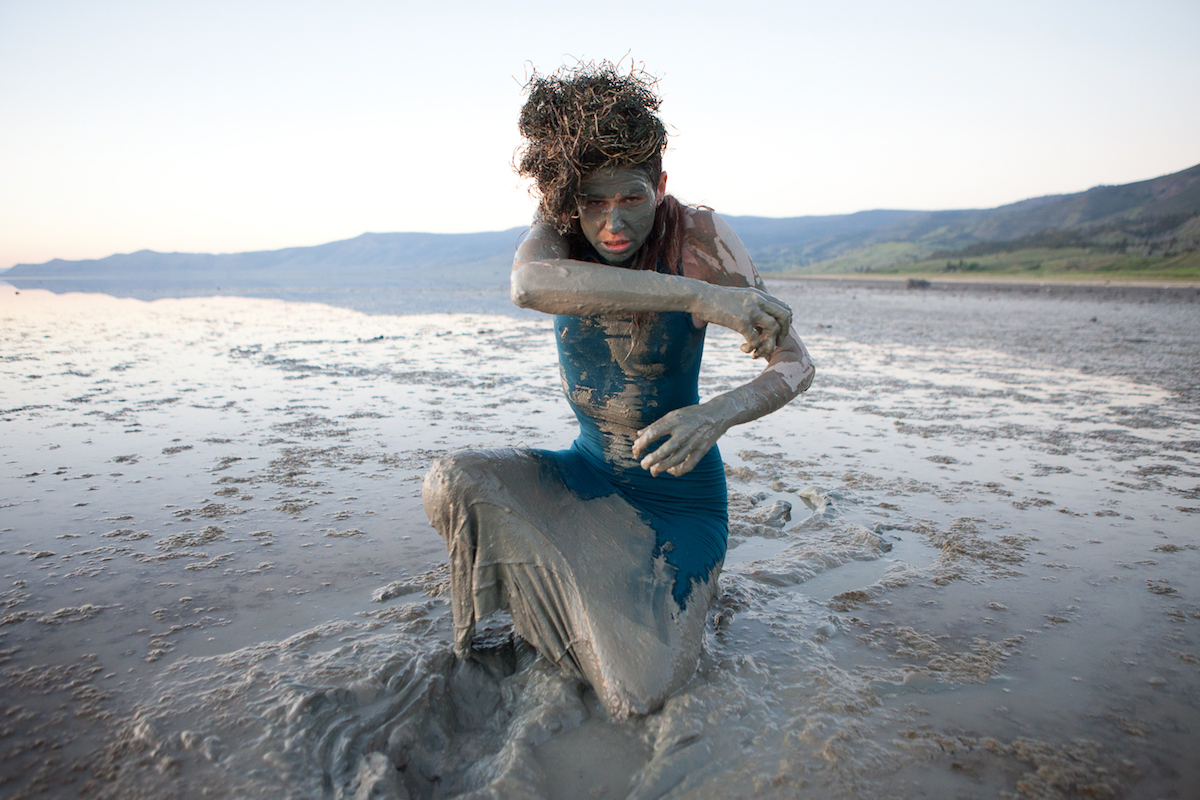
The Japanese dance theater form known as butoh combines aspects of different artistic disciplines to form a new whole. As butoh practitioners admit, though, consensus on that new whole doesn’t come easily, if at all.
“It is often joked if you have 12 butoh dancers in a room, you’ll have 13 definitions,” said Sheri Brown, a founder of Seattle’s DAIPANButoh Collective. “That said, butoh is something, but it’s necessarily outside of purely normative societal definitions because of its altered state mind-body-soul/chi space and its constant pushing forth into something new.”
The eight-member DAIPANButoh Collective hosts the ninth annual Seattle International Butoh Festival, running through July 15 at various spaces around Seattle and Shoreline, featuring both dancers from their own troupe and guest performers from out of town.
The festival has grown and changed over the years.
“Our festivals have ebbed and flowed annually as ‘really big’ and ‘more moderate,’ largely because the amount of energy to put on huge festivals with big budgets and massive programming with purely volunteer labor (each of us have full time jobs and support the festival and DAIPAN financially as well as energetically and with our various skills and time) can be depleting.”
This year’s special guest artists, Mushimaru Fujieda, lives and works on the Japanese island of Yakushima. He refers to his work as “Natural Physical Poetry,” and in addition to butoh dance, he’s worked as an actor, writer, and director.
Fujieda will perform several times over the course of the Festival, and he’ll also teach butoh workshops.
Butoh is highly stylized form of modern dance created in Japan 1959. Performers cultivate their own style based on self-expression, Brown said.
“Especially after butoh dancers have practiced for years and years, they develop their own style of butoh, cultivated from their own authentic experience, yet grown from and in relation to what has come,” Brown said. “The answer to this question will vary with each dancer, as the form is necessarily unique to the individual. It is true that mindful, meditative, fully embodied movement in absolute relationship to the environment not only around a dancer but also in their mind/imagination is a deep challenge, especially in the dualistic landscape of society. Working through this is a mixture practice and faith/trust/sixth sense.”
Brown said DAIPANButoh has interesting projects on the horizon.
“We have an awesome new project, Earth Body Home which will integrate artists with disabilities, youth, and DAIPAN dancers in a giant lung at the Luminous festival in Seattle. Each of us will continue to work on our individual projects outside the festival and involve each other in ways that make sense. We expect to continue our Summer and Winter training sessions in Seattle as well as partnerships with universities or colleges. We will look for ways to refine and clarify more and more of our systems and roles, contract, means and methods so that we can focus more on our art, and less on the administrative sides while always upgrading our organic professionalism.
“A few huge milestones we would like to achieve [are] moving into the future, are getting funded enough so that some of our volunteer administrative work can be compensated, getting a performance funding model that allows us to finally pay ourselves as the accomplished artists we are and not just our deserving guests, and potentially acquiring our own space so that we can have a permanent home out of which to teach, develop and perform an ever-evolving butoh for our community in a sustainable way.”
For more information about DAIPANButoh and the annual Seattle International Butoh Festival, visit http://www.daipanbutoh.com.

Art Ensemble.)

